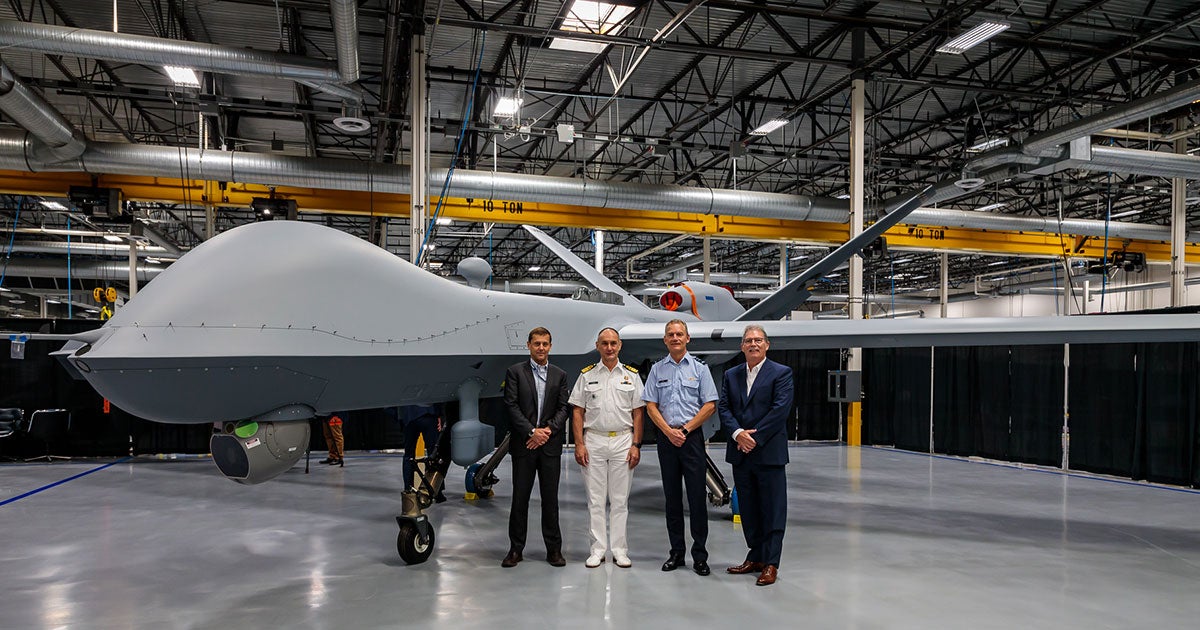
General Atomics Aeronautical Systems (GA-ASI) has produced the Royal Netherlands Air Force’s (RNLAF) first MQ-9A Block 5 remotely piloted aircraft (RPA) and ground control station (GCS).
The event was commemorated with a special launching ceremony hosted by GA-ASI at its corporate headquarters in Poway, California, US.
The RPA will undergo acceptance testing early next year at the company’s Gray Butte Flight Operations facility near Palmdale, California.
Upon the completion of this testing, the aircraft will be delivered to the RNLAF.
The total foreign military sales (FMS) agreement, which Netherlands and GA-ASI signed in 2018, includes four MQ-9A Block 5 and four mobile GCSs, along with related support equipment.
The MQ-9 RPA is a medium-sized aircraft that has an operational ceiling of 50,000ft, a maximum internal payload of 800lb and an external payload exceeding 3,000lb.

US Tariffs are shifting - will you react or anticipate?
Don’t let policy changes catch you off guard. Stay proactive with real-time data and expert analysis.
By GlobalDataThe Block 5 configuration of the RPA includes a ‘significantly increased electrical power capability’ and enhanced landing gear.
With an endurance of more than 27 hours, the Block 5 configuration will also include the GA-ASI Lynx multi-mode radar and Raytheon electro-optical sensors.
The MQ-9A Block 5 is fitted with a fault-tolerant flight control system and triple-redundant avionics system architecture. It is designed to exceed ‘manned aircraft reliability’ standards.
GA-ASI CEO Linden Blue said: “We are proud to begin this new relationship with the Royal Netherlands Air Force.
“With millions of hours of proven performance under its wings, the MQ-9 is ideally suited to support their nation’s ISR needs.
“The Netherlands now joins the UK, Italy, France and Spain as Nato countries operating our advanced RPAs, with Belgium coming online in the next few years.”
In May, GA-ASI was contracted by the Italian Air Force (Aeronautica Militare) for an MQ-9 RPA fleet mid-life update.



